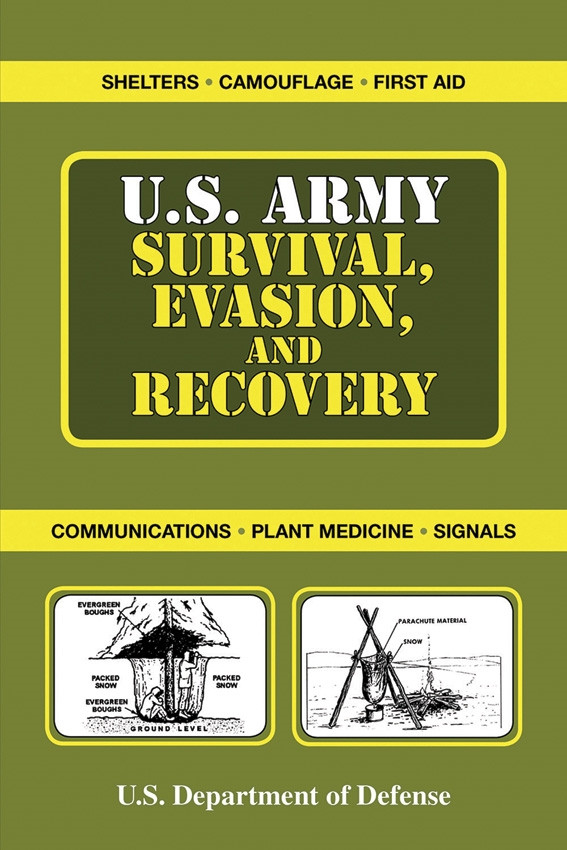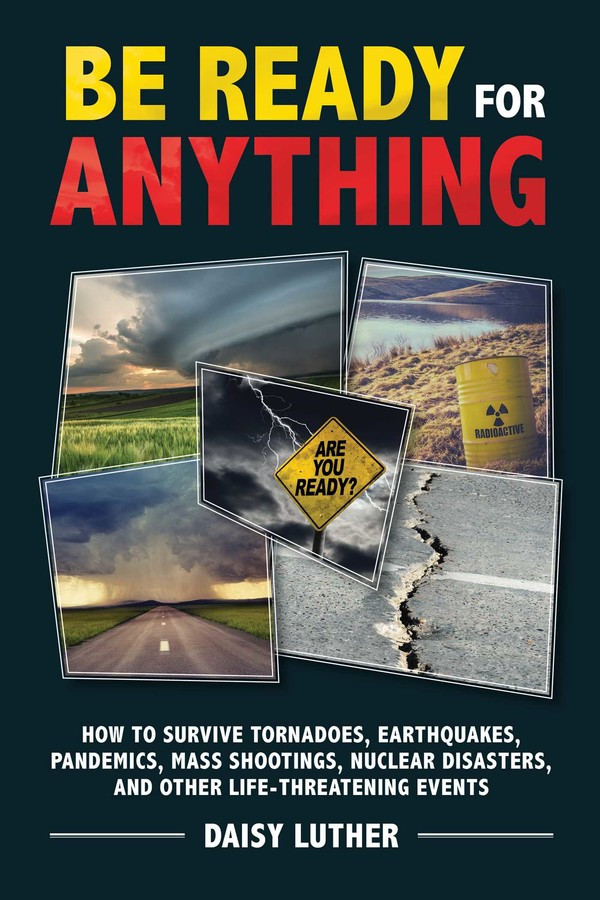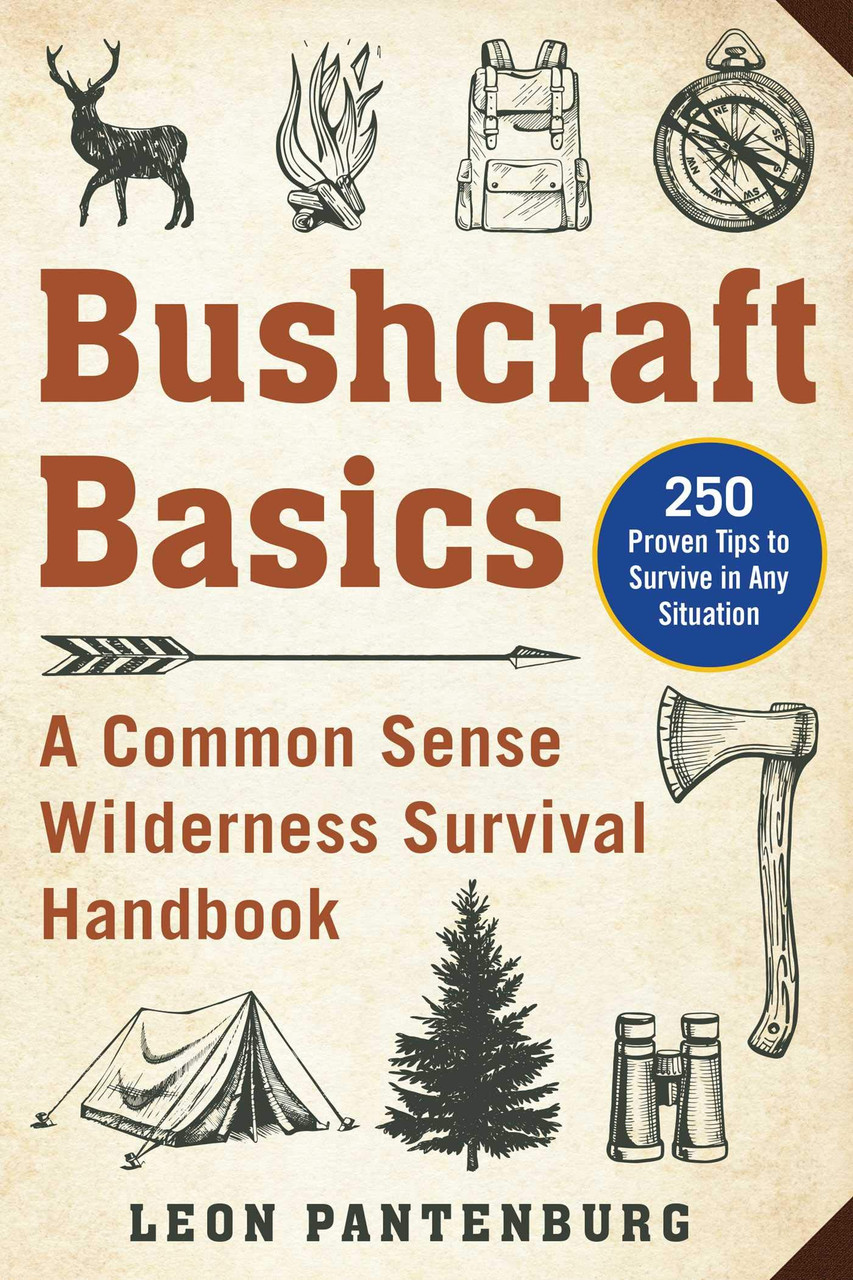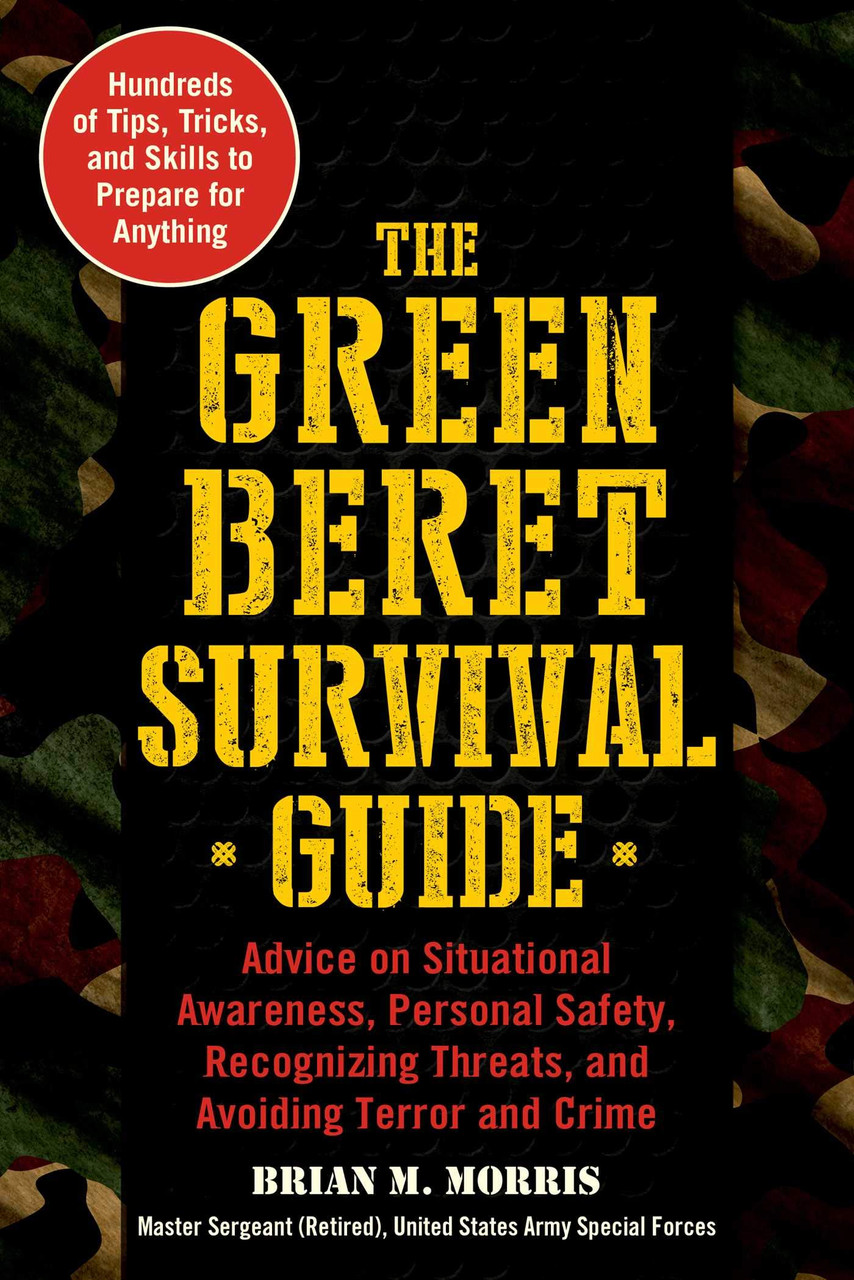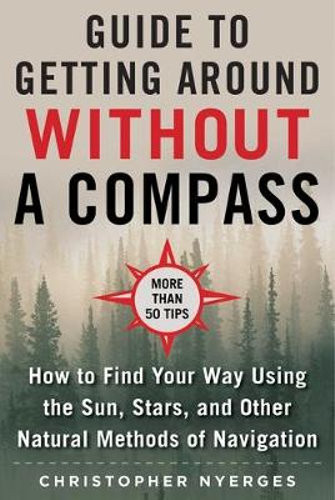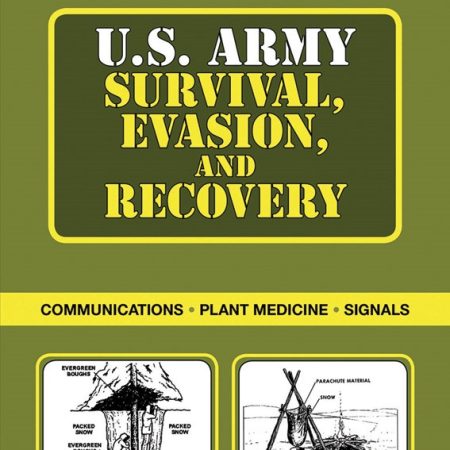| Content | Here is the Official US Army guide to staying alive in survival situations—and making your way to safety, no matter the obstacles!
Compiled from the most relevant and important survival information offered by current U.S. Army personnel, and proved by past experience, this handy and concise guide will equip readers to survive in life-threatening conditions and make their way to safety. Topics include:
- water and food procurement and preservation
- plant medicine,
- personal protection
- survival in nuclear, biological, and chemical conditions
- tips for traveling in ice and snow
- evasion of pursuit
- navigation to safety
- radio communications and signaling
- rules for avoiding illness or harm in adverse conditions
- and more
U.S. Army Survival, Evasion, and Recovery covers a surprising array of essential information in straightforward, no-nonsense terms. This handbook is a must-have for military buffs and an indispensable survival guide for anyone venturing into the wilderness. While it is designed for use in formal military training, it is also useful for the general reader seeking a comprehensive and complete manual of outdoor survival techniques.
| In Paracord!, you'll find step-by-step instructions to take you through every project. Each step is accompanied by a color photo that clearly illustrates the process.
Todd Mikkelsen's Paracord! offers a diverse collection of projects that utilize parachute cords—known around the world as paracord. Used by paratroopers and other military personnel during World War II, this lightweight nylon rope is now one of the most sought-after materials by crafters. Its durability and flexibility make it perfect for creating everyday accessories such as belts, bracelets, buckles, necklaces, dog leashes and collars, key chains, and more. Projects include:
Two-Color Solomon Bar Bracelet
Shark Jaw Bone Bracelit
Locked Half Hitch Bracelet
West Country Whipping Inverted Bracelet
Genoese Quick Deploy Strap
Zipper Quick Deploy Sinnet
Three-VBord Braid Necklace with Breakaway Clasmps
ID Lanyard
And many more.
As you will see, this rope comes in various colors, from army green to hot pink, making it easy to personalize every type of project. Mikkelsen includes introductory chapters preparing your paracord for crafting, tying different types of knots, and caring for and cleaning your completed paracord projects.
| Will you be a ready for a dozen different kinds of disasters, including hurricanes, civil unrest, mass shootings, and wildfires?
You want to be prepared for whatever emergencies come your way. While prepping for a dozen different disasters may sound like a daunting task, there’s good news.
Preparing for a wide variety of disasters requires the same basic supplies as preparing for one or two. For each event, there will be some special steps, unique information, and precautions you need to take, along with a few additional supplies, but your essentials will be the same. Learn how to prepare for:
- Earthquakes
- Tornadoes
- Hurricanes
- Winter Storms
- Wildfire Evacuations
- Pandemics
- Nuclear Disasters
- Mass Shootings
- Civil Unrest
- Economic Crises
- And More!
With directions, helpful appendices, checklists, and general guidance to getting prepped, this book will get you away from panic and straight to safety. | If you’ve ever wanted to learn how to throw knives or tomahawks, look no further than The Ultimate Guide to Knife Throwing. This comprehensive guide is perfect for everyone from novices who have never picked up a knife to seasoned knife and tomahawk throwers looking to compete in their first tournament.
Bobby Branton has been a foremost expert in the field of knife throwing and handcrafting custom throwing knives for over thirty years and shares his expertise here with easy step-by-step directions. Branton shows readers two methods of throwing knives that are most popular with knife throwers today. He will also share his extensive knife-making experience by showing readers how to make a quality throwing knife on a budget.
In addition to improving technical skills, this guide will also give readers a brief history of the sportcovering everyone from the pioneers of the sport to today’s modern impalement artists. This book will give you the tools needed to learn everything from the basics of knife and tomahawk throwing to how to start your own knife and tomahawk throwing club. Readers will learn how to construct targets, learn the basic stance, basic knife and tomahawk grips, and the mechanics of throwing knives and tomahawks. Branton’s guide gives an in-depth look at this fast-growing sport, with a strong emphasis placed on safety.
The Ultimate Guide to Knife Throwing is a must for anyone interested in the sport of knife throwing.
| Learn How to Start a Fire, Even When It Seems Impossible!
Since the dawn of mankind, fire has been a staple of survival. Whether it is used to keep warm, cook food, or scare away predators, fire is an essential element, one that is almost impossible for humans to live without. But with society's current dependence on modern tools and technology, many persons would have no idea how to start a fire without matches or a lighter. In an emergency situation, a lack of knowledge about it could easily prove fatal.
In Guide to Making Fire without Matches, survival expert Christopher Nyerges provides readers with all the skills that they may need to start a fire without modern tools. The book begins by covering the history and lore surrounding fire, and then moves on to describe, in detail, the four main methods through which fire is made: friction, the sun, electricity, and chemistry. Additional topics include:
How to make a fire in the rain
The best locations to build a fire
Safety precautions to take when around fire
How to tend your fire
How to make a signal fire
Different ways to cook with fire
And much more!
With helpful diagrams, illustrations, and sidebars, Guide to Making Fire without Matches is the ultimate reference book for learning about an essential element.
| In Bushcraft Survival, Pantenburg delivers practical tips and anecdotes that cater to readers who are looking to improve their outdoor skills and prepare for every potential disaster. Drawing from his personal experience as an avid outdoorsman and years as a journalist, Pantenburg lays out easy-to-follow steps to prep for both short and long-term survival situations.
As natural disasters become increasingly present and people continue to rely on reality television shows for survival tips, developing bushcraft abilities is becoming more and more important. In this thorough handbook, Pantenburg covers a wide range of topics, including:
- Developing a survival mindset
- Crafting survival kits
- Choosing clothing best suited to survival
- Picking materials and objects to help you survive
- Building a variety of shelters
- Deciding what survival tools you should pack and which you should leave at home
- Effectively make a fire using different techniques
Filled with time-tested techniques and first-hand experience, Bushcraft Survival is the ideal book for those who want to step up their hiking or camping game, as well as those who are searching for relevant advice on emergency preparedness.
|
